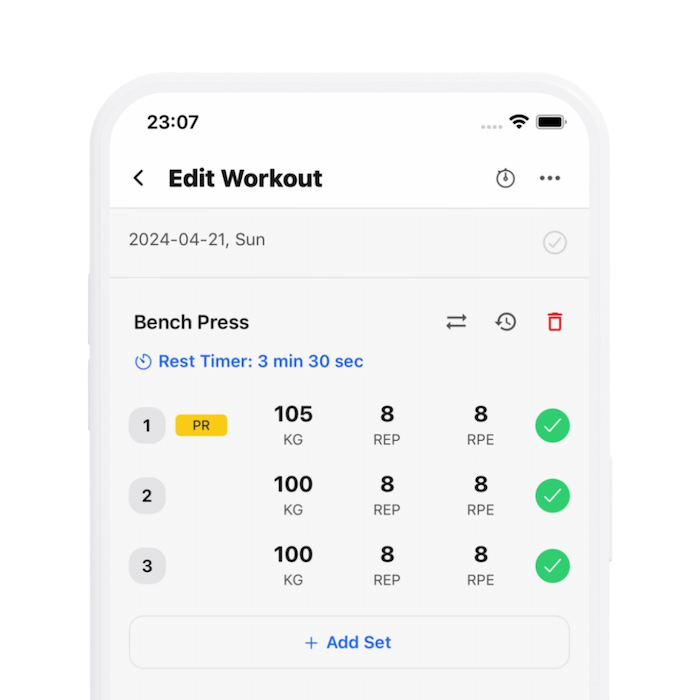30 Seconds SummarySquatting with Patellar Tendinopathy
- Training with patellar tendinopathy requires a focus on understanding tendon structure, function, adaptability, and rehabilitation principles.
- Tendons, particularly the patellar tendon, are composed predominantly of water and collagen, showcasing remarkable tensile strength and ability to absorb and release energy efficiently.
- Understanding the adaptability of tendons through mechanotransduction is essential, as cells within respond to mechanical stimuli which can aid in rehabilitation efforts.
- Tendinopathy, including patellar tendinopathy, requires precise load management—excessive or insufficient loading can hinder recovery.
- The rehab process involves optimized tissue loading, balancing sufficient stress to promote adaptation without overloading, often using isometric and eccentric loading techniques.
- Rehabilitation strategies should include monitoring pain and discomfort during exercises to ensure tendon loading is not aggravating the condition.
- Exercise selection should limit deep knee flexion initially and progressively include higher intensity and varied exercises as the tendon adapts.
- Training frequency should allow for adequate recovery, typically spacing sessions 36-48 hours apart to facilitate collagen synthesis and tendon recovery.
- The rehabilitation period should be at least 8-12 weeks to allow significant tendon adaptations, with careful monitoring and gradual increase in loading.
Stronger By Science
Jason Eure
